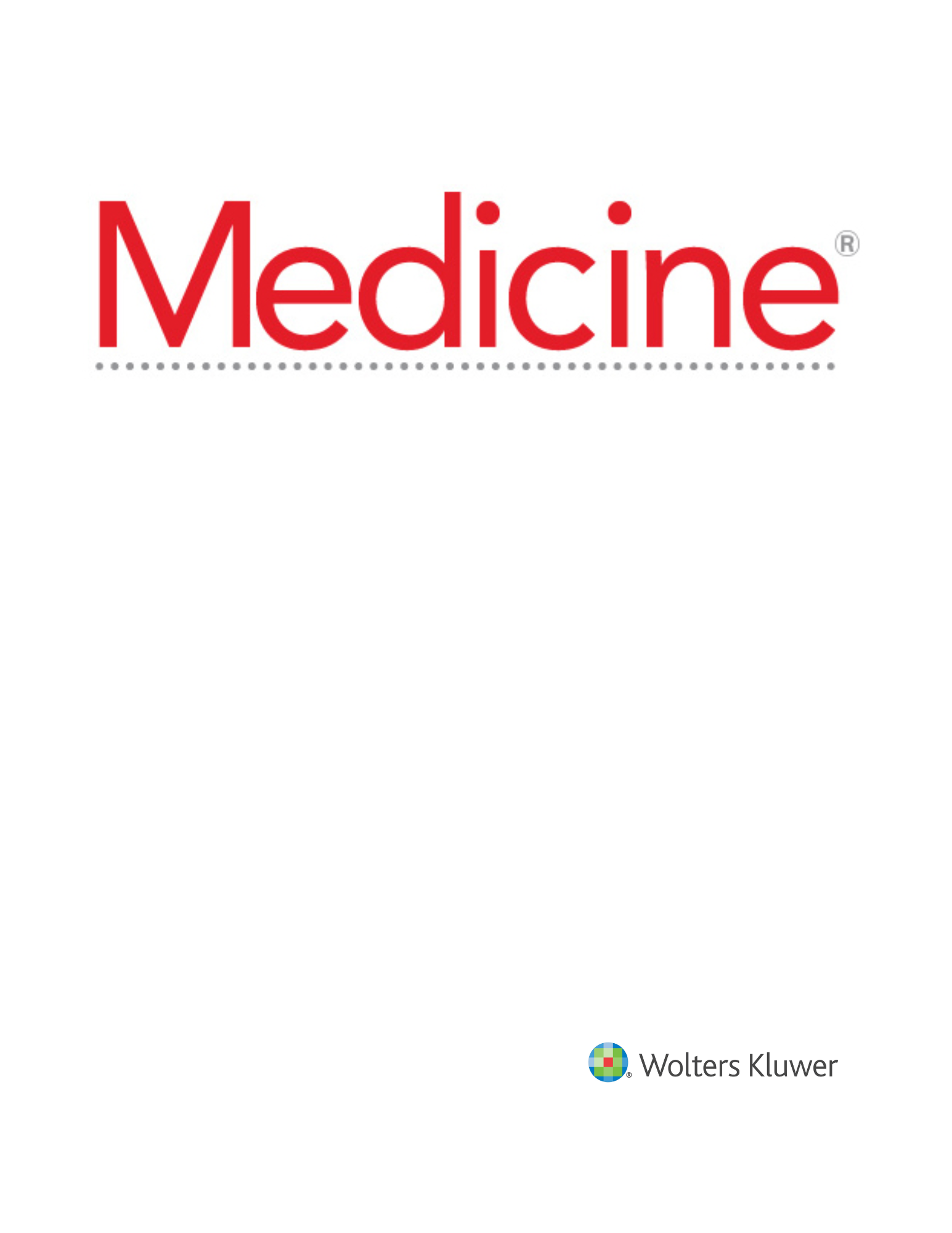
Myofascial Release Reduces Rate of Elbow Joint Bleeding in Hemophilic Elbow Arthropathy Patients

Myofascial Release Reduces Rate of Elbow Joint Bleeding in Hemophilic Elbow Arthropathy Patients
Effects of myofascial release on frequency of joint bleedings, joint status, and joint pain in patients with hemophilic elbow arthropathy: A randomized, single-blind clinical trial
Medicine (Baltimore). 2021 May 21;100(20): e26025.Did you know you're eligible to earn 0.5 CME credits for reading this report? Click Here
Synopsis
Sixty-nine patients with hemophilic elbow arthropathy were included in this randomized controlled trial comparing 3 weeks of myofascial release therapy (n=35) to control (n=34) for the reduction of elbow joint hemarthrosis. The primary outcome of interest was the frequency of hemarthrosis. Secondary outcomes of interest included joint status on the hemophilia joint health score (HJHS) and joint pa...
To view the full content, login to your account,
or start your 30-day FREE Trial today.
FREE TRIAL
LOGIN
Forgot Password?
Explore some of our unlocked ACE Reports below!

Learn about our AI Driven
High Impact Search Feature
Our AI driven High Impact metric calculates the impact an article will have by considering both the publishing journal and the content of the article itself. Built using the latest advances in natural language processing, OE High Impact predicts an article’s future number of citations better than impact factor alone.
Continue



 LOGIN
LOGIN

Join the Conversation
Please Login or Join to leave comments.